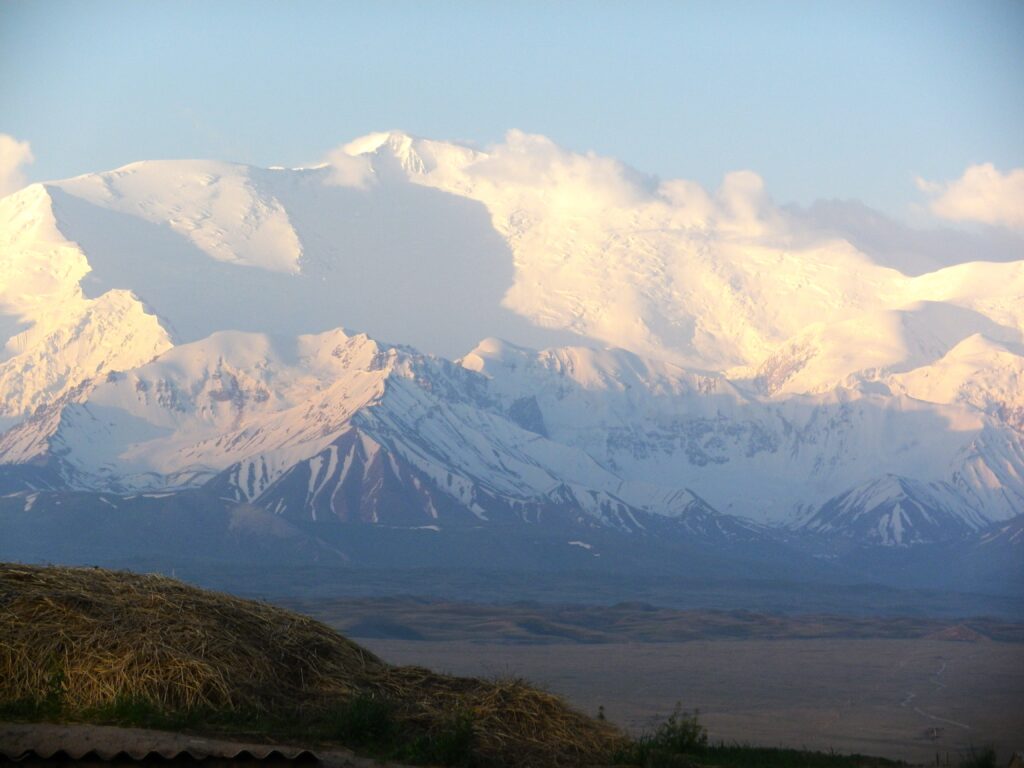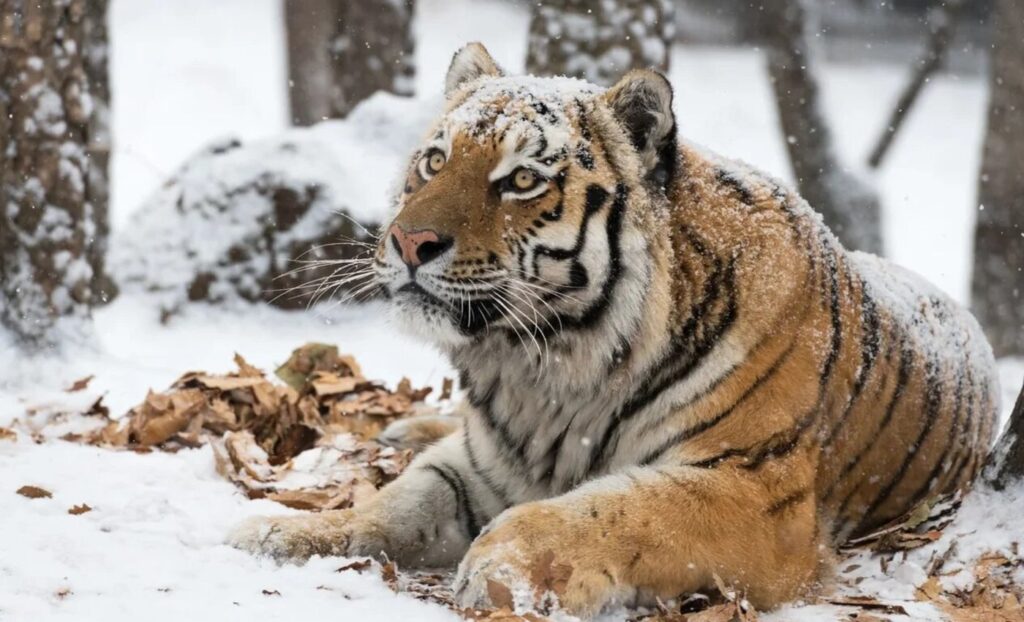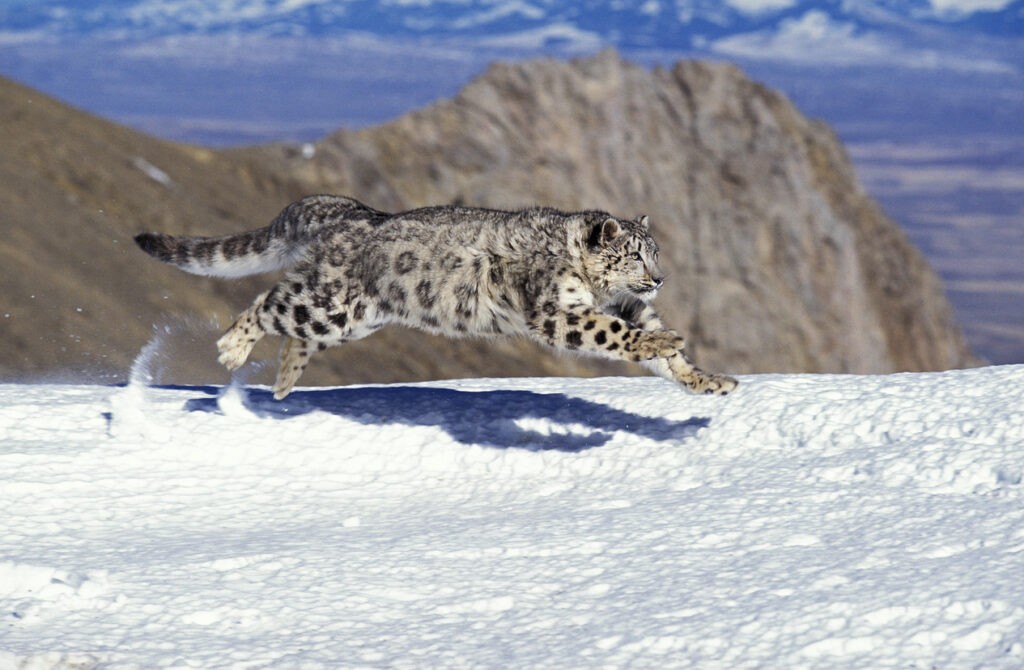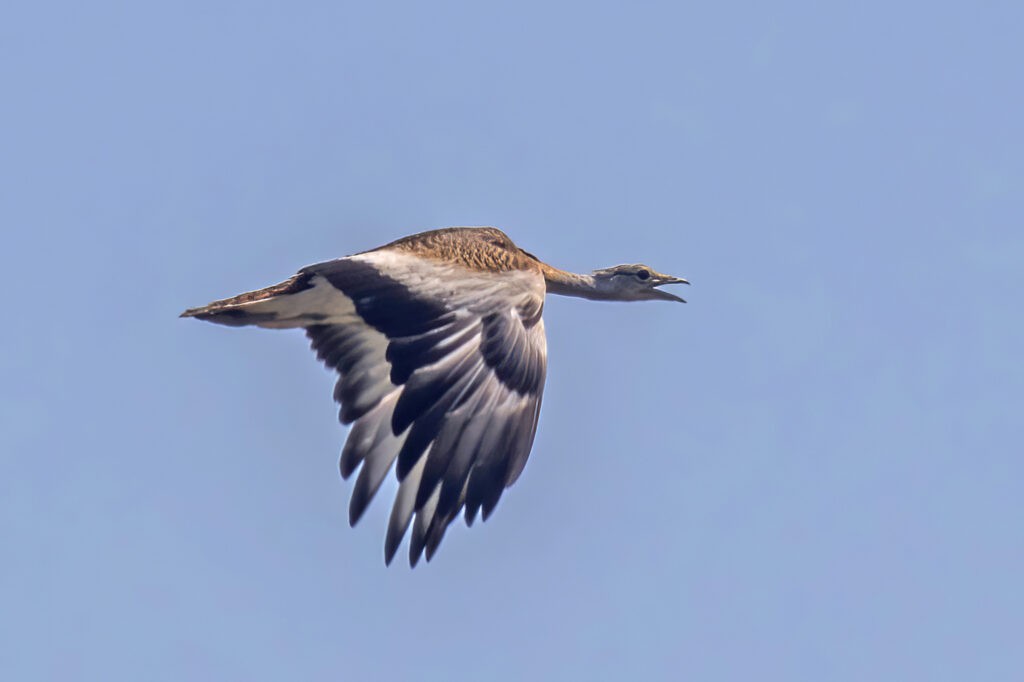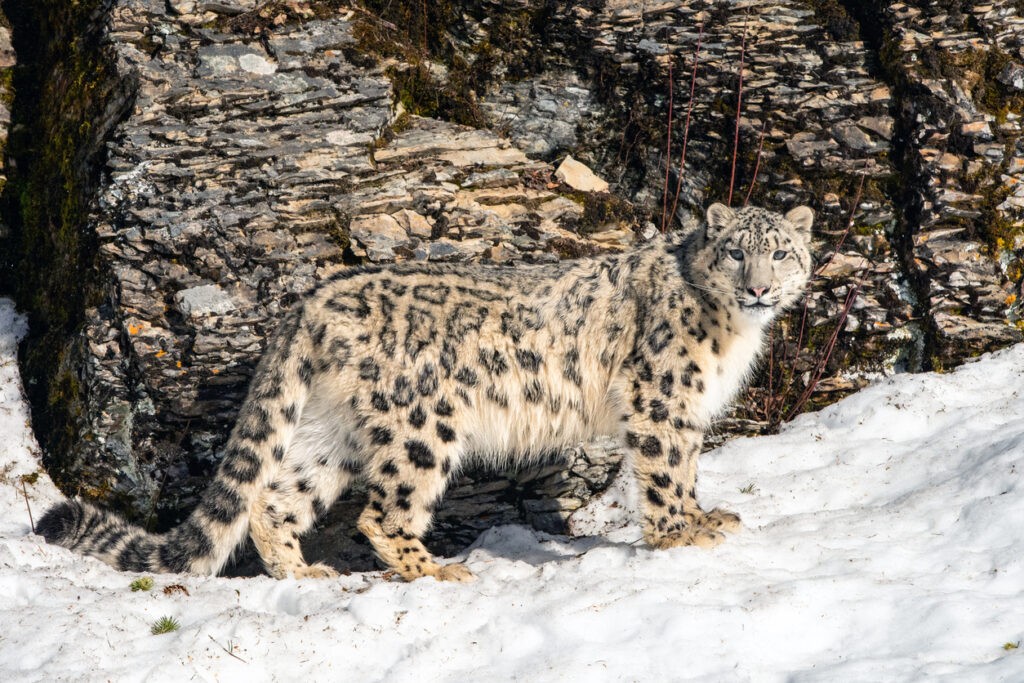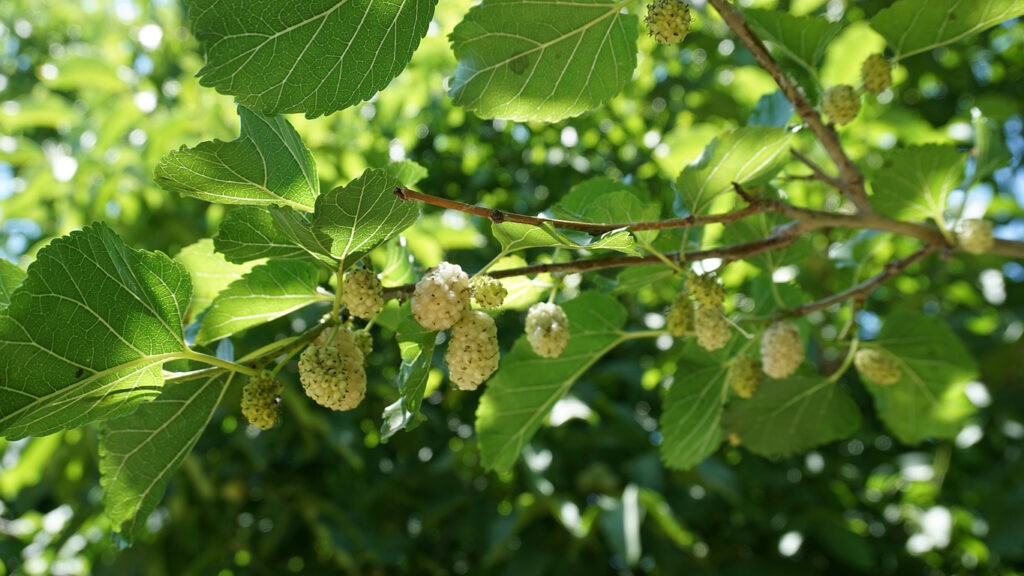Massive Reserve for Red-Listed Animals to Be Created in Southern Kyrgyzstan
Kyrgyzstan’s Ministry of Natural Resources, Ecology, and Technical Supervision has proposed the creation of a new state natural park, Chon-Alai, in the southern region of Osh oblast. The planned park, covering an area of 66,830.79 hectares, aims to protect unique natural ecosystems and conserve endangered species of flora and fauna. A draft resolution has been published for public discussion. Land Reallocation for the Park To establish the Chon-Alai Nature Park, the government plans to reallocate 23,473.79 hectares of land from the “Reserve Land” category in the Chon-Alai district, as well as 43,357 hectares from the “State Forest Fund” under the Alai Forestry Administration. The combined area will be designated as a specially protected natural area. According to the Ministry of Natural Resources, the proposed territory meets all the criteria for protected areas, as it contains rare ecosystems and populations of endemic species. The park will span three sites on the southern macro-slope of the Alai Ridge and two sites on the northern slope of the western Zaalai Ridge, including part of the Kyzyl-Suu-Zapadnaya River valley. This region has been recognized for its environmental significance for years. As far back as 2004, there have been plans to establish a transboundary Pamir-Alai Nature Park in this area. Protecting Red-Listed Species The primary purpose of the Chon-Alai Nature Park is to ensure the protection of species listed in the Red Book of Kyrgyzstan and the International Union for Conservation of Nature (IUCN). The park will help preserve habitats for rare and endangered species, including: Mammals: Snow leopard, brown bear, Central Asian otter, Turkestan lynx, and warthog; Birds: Golden eagle, black vulture, and Alayan shieldbill; Fish: Turkestan catfish; Flora: Christoph's jaundice, Romanov's parnassus, evasive alaya, and Kostychev's prostrel. The creation of the park will provide a safe haven for these species, many of which are threatened by habitat loss, climate change, and human activity. A Milestone for Conservation The establishment of the Chon-Alai Nature Park represents a significant step forward in Kyrgyzstan's efforts to preserve its natural heritage. By protecting critical habitats and endangered species, the park will contribute to both national and global conservation goals.
